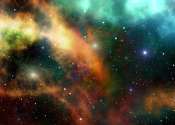Zooming in on the origins of fast radio bursts
Astronomers have peered into the home galaxies of fast radio bursts, ruling out supermassive black holes as a cause and bringing us a step closer to understanding the origins of these mysterious signals from outer space.









